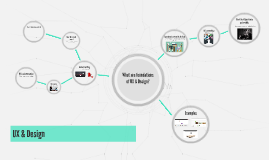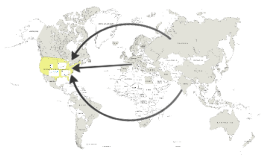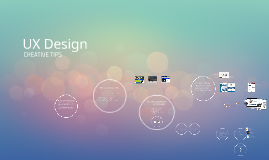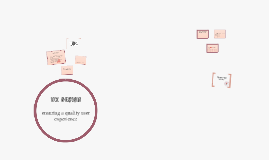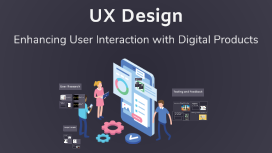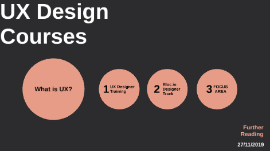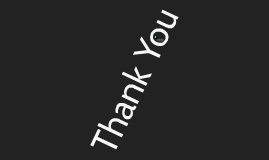UX Design
Transcript: UX Design Enhancing User Interaction with Digital Products Introduction to UX Design Definition of UX Design User Experience (UX) design is the process focused on enhancing user satisfaction through improved usability, accessibility, and pleasure in the interaction with a product. It encompasses the entire journey of a user's interaction, from initial contact to ongoing engagement. Overview of UX Design Process Importance of User Experience The UX design process typically includes stages such as user research, designing wireframes, creating prototypes, and conducting usability testing. Each stage is critical to ensuring the final product meets user needs effectively and efficiently. A positive UX is crucial, as it boosts customer loyalty and retention, while reducing user frustration. Companies that prioritize UX often experience higher conversion rates and improved customer satisfaction scores. User Research Key Principles of UX Design Effective UX design adheres to core principles such as user-centered design, consistency, feedback, and simplicity. These principles guide designers in creating intuitive and satisfying user experiences that cater to user expectations. Testing and Feedback Understanding the Target Audience Types of User Research Methods Identifying the target audience involves recognizing their preferences, needs, and pain points. This can be achieved by segmenting users based on demographics, psychographics, or behavioral patterns, ensuring that the product meets their expectations effectively. User research methods include qualitative approaches like interviews and focus groups, as well as quantitative methods such as surveys and analytics. Employing a mix of these techniques offers comprehensive insights into user behavior and preferences. Importance of Usability Testing Analyzing User Data Methods of Testing Creating User Personas Analyzing user data involves interpreting findings from research methods to identify trends and user needs. Techniques such as affinity diagrams and user journey mapping help visualize insights and inform design decisions effectively. User personas are fictional representations of target users based on research findings. They include demographics, goals, and challenges, guiding design decisions and helping teams empathize with users throughout the design process. Usability testing allows designers to observe real users interacting with a product, identifying pain points and areas that require improvement. It ensures that the design meets user needs and expectations effectively, minimizing costly revisions later in the process. Common usability testing methods include moderated and unmoderated testing, A/B testing, and remote user testing. Each method offers unique insights, allowing designers to choose the best approach based on objectives and resources. Measuring Success and Improvements Iterating Based on Feedback Success can be measured through metrics such as task completion rates, time on task, and user satisfaction scores. Analyzing these metrics provides a quantitative basis for evaluating improvements made following testing and feedback. Feedback from usability tests provides critical insights that inform design iterations. Incorporating user suggestions can lead to enhancements in functionality, engagement, and overall user satisfaction, creating a cycle of continuous improvement. Design Principles Usability and Accessibility Usability is a measure of how effectively users can interact with a product. Accessibility ensures that design accommodates users with varying abilities, including those with disabilities, enabling everyone to enjoy a smooth experience. Visual Hierarchy Interaction Design Visual hierarchy directs users' attention to the most important elements first. Utilizing size, color, and placement strategically can influence how users process information and navigate through a design. Interaction design focuses on creating engaging interfaces with well-thought-out behaviors. Effective interaction design enhances user experience by ensuring that interactions are intuitive and pleasant, ultimately increasing user satisfaction. Responsive Design Responsive design is an approach where a website or app adjusts seamlessly across various devices and screen sizes. This flexibility ensures users maintain a consistent and optimized experience regardless of the medium used.






